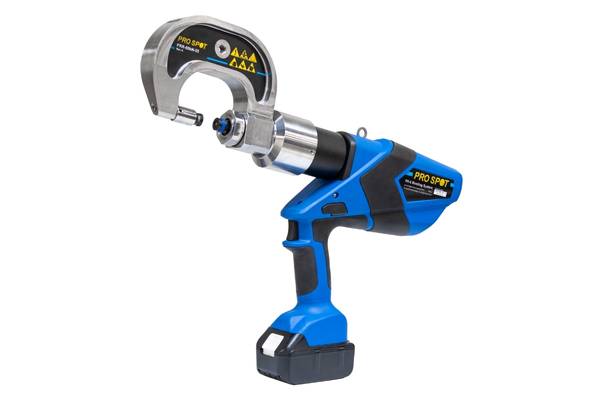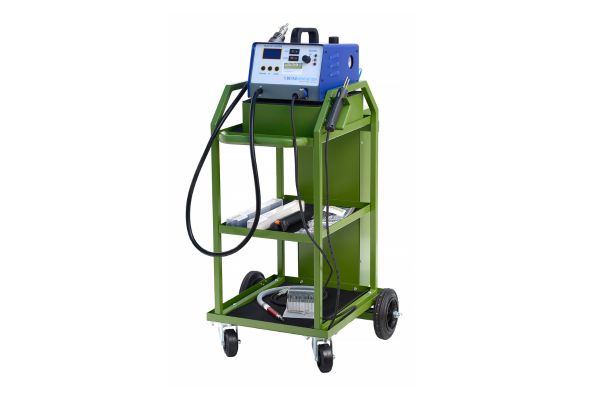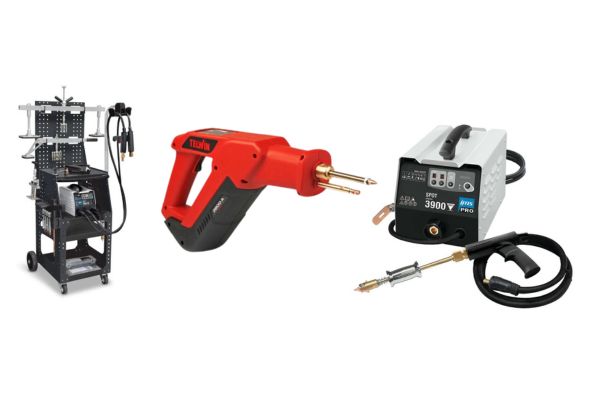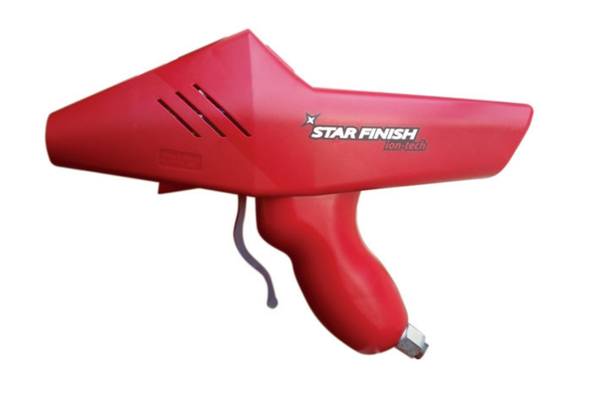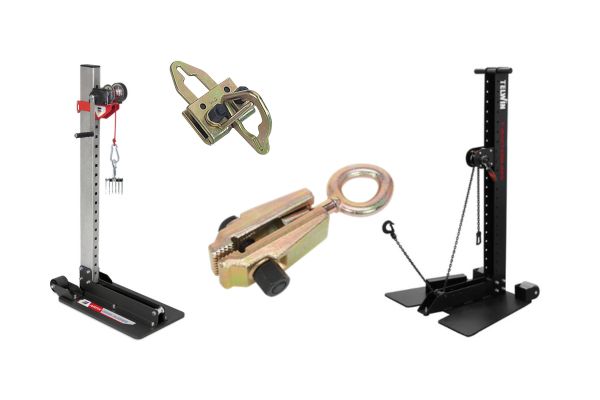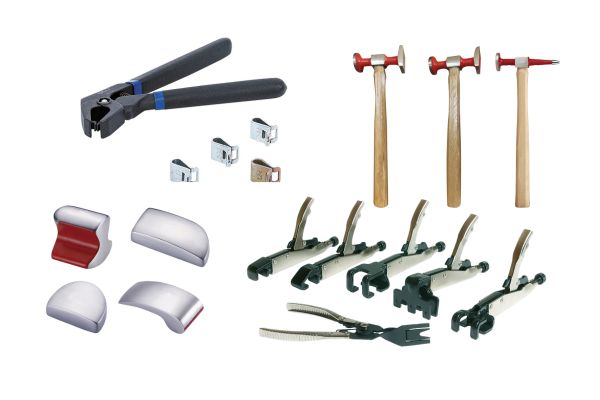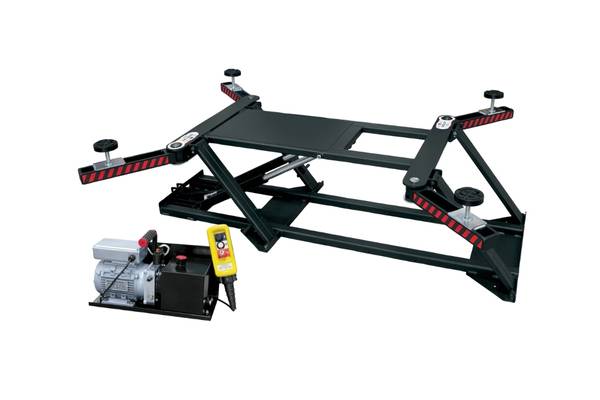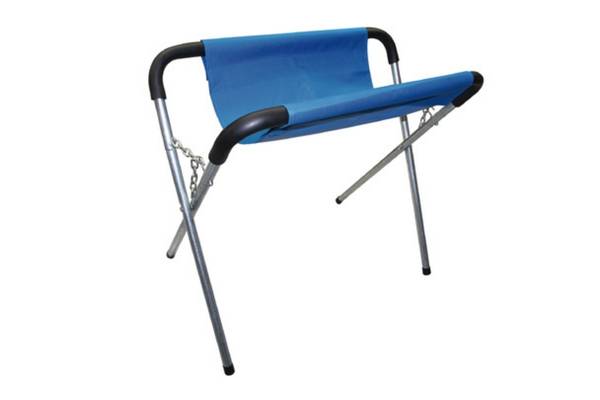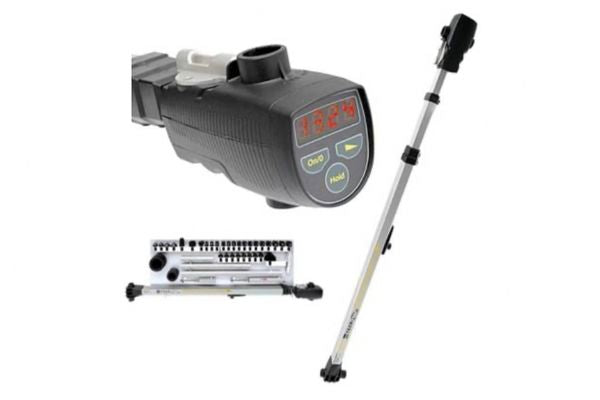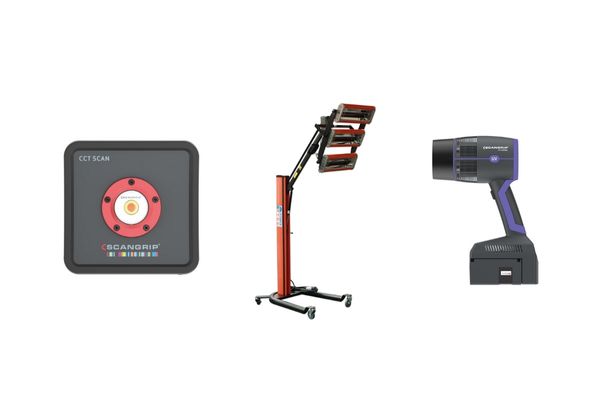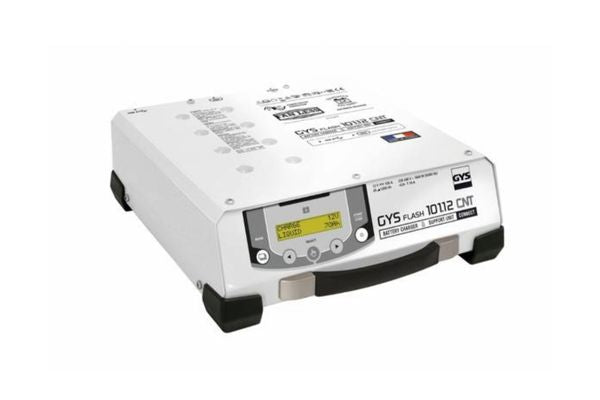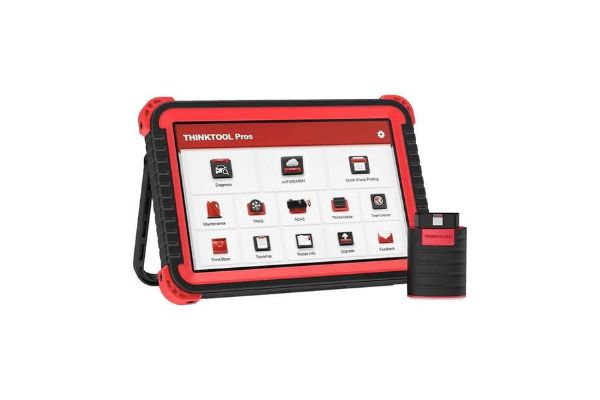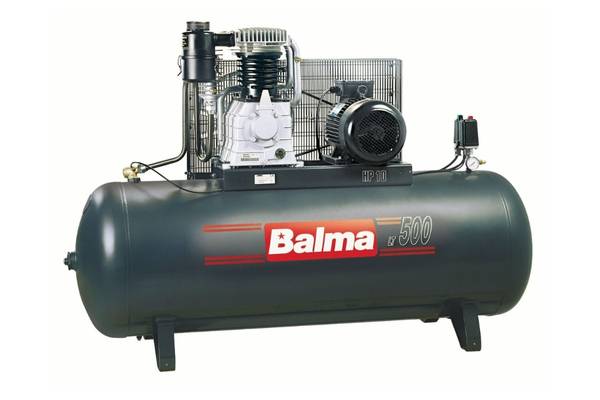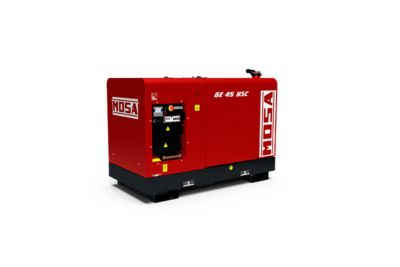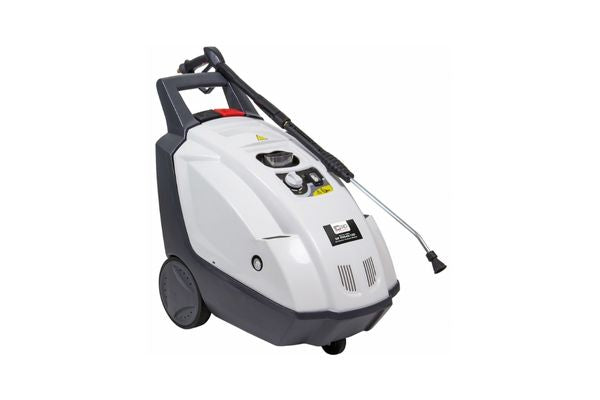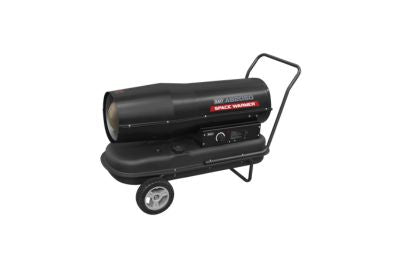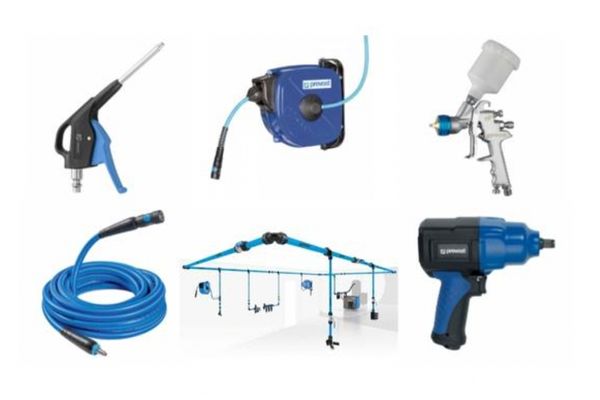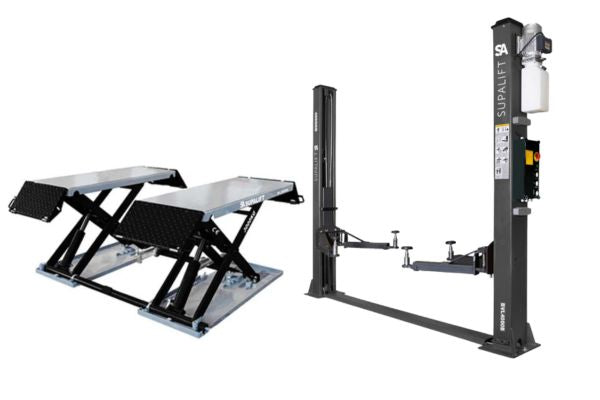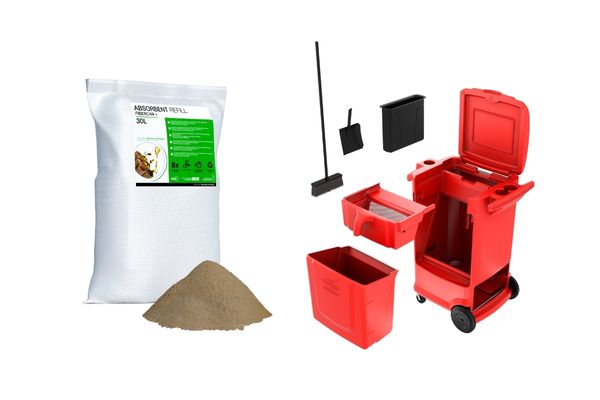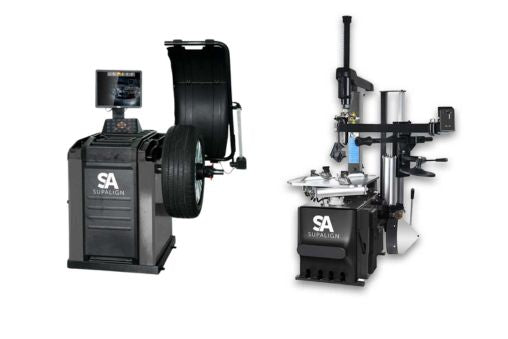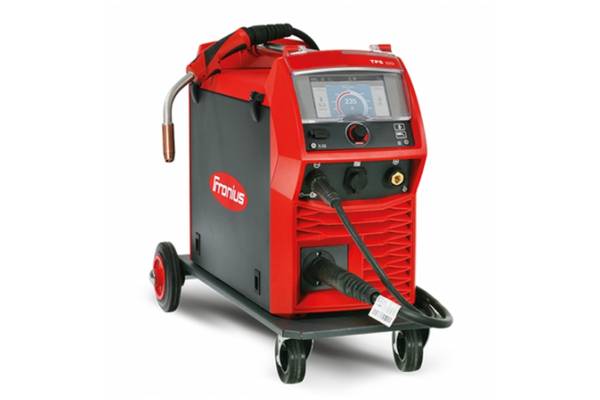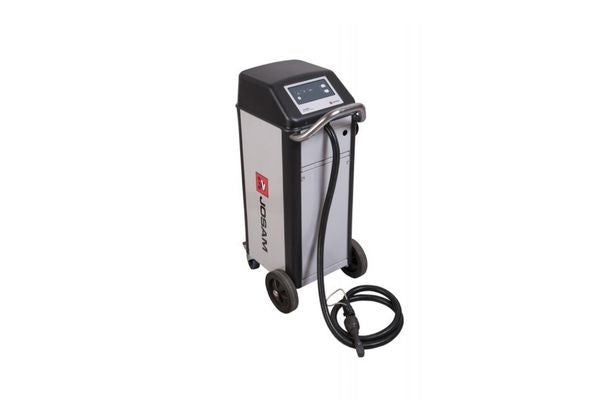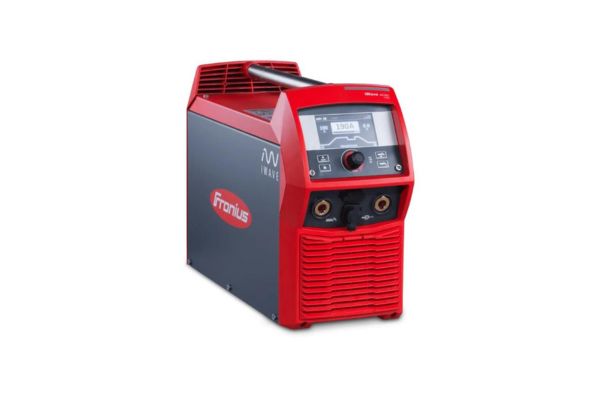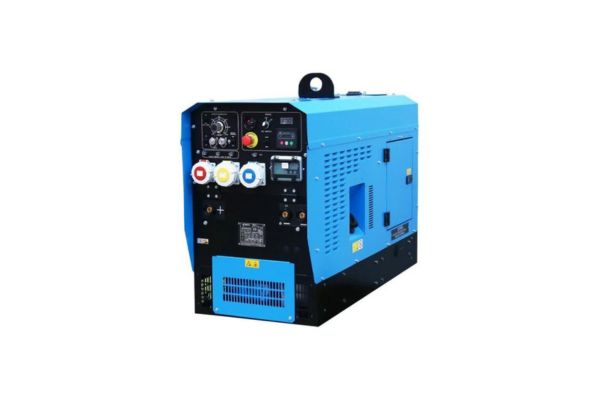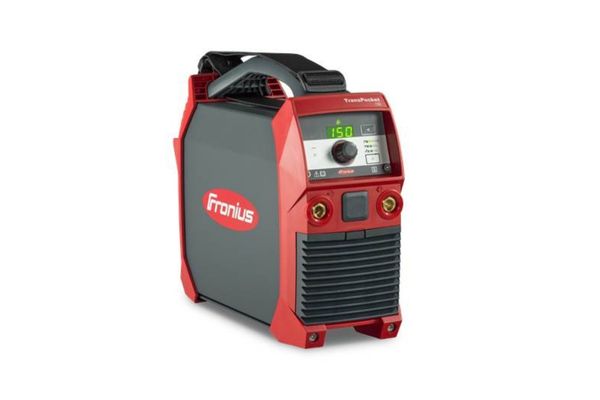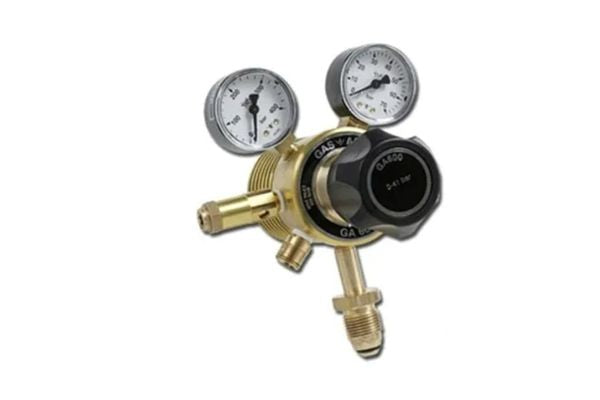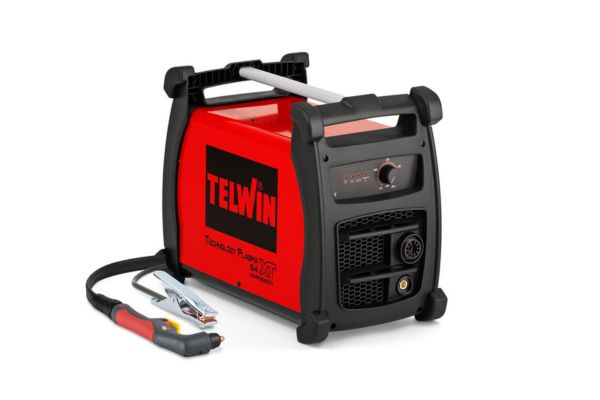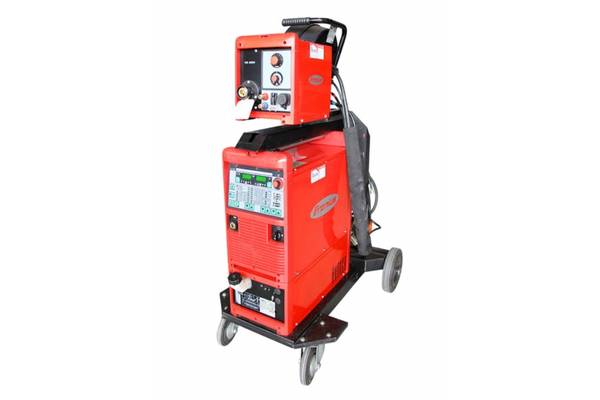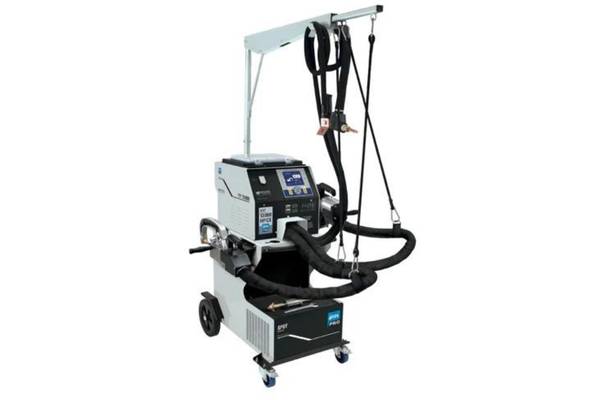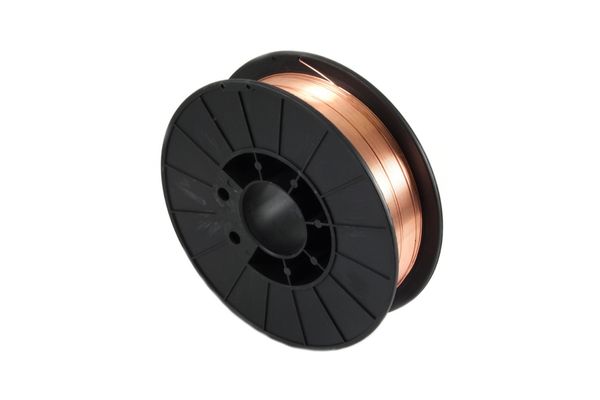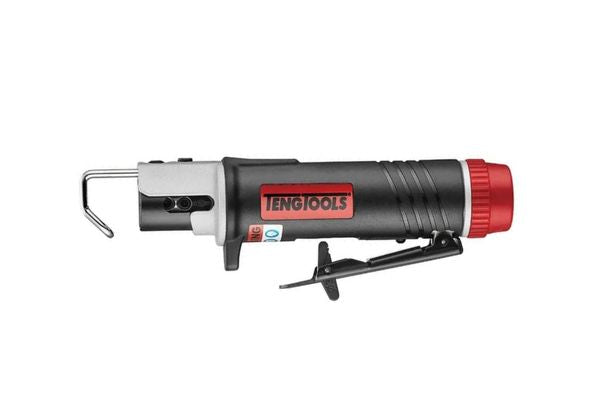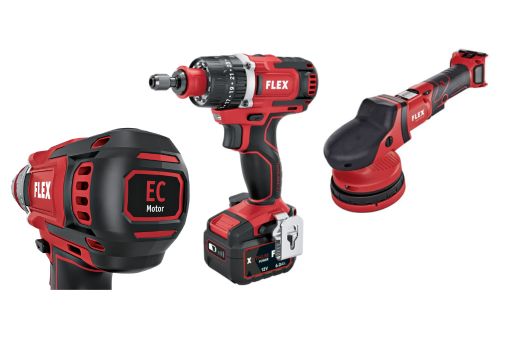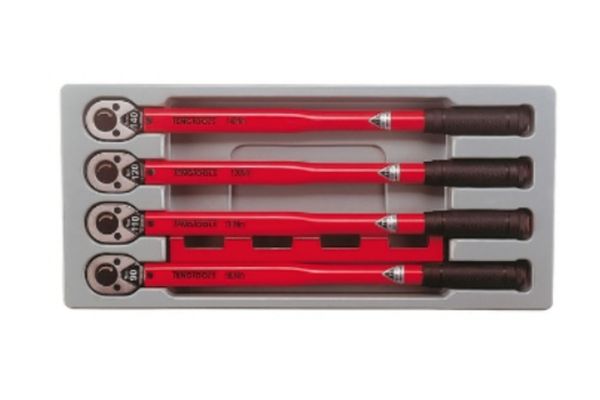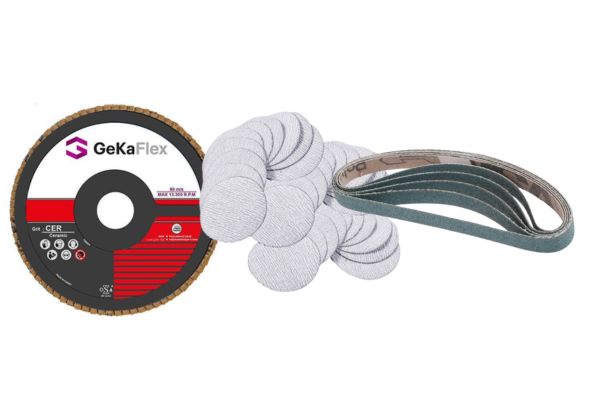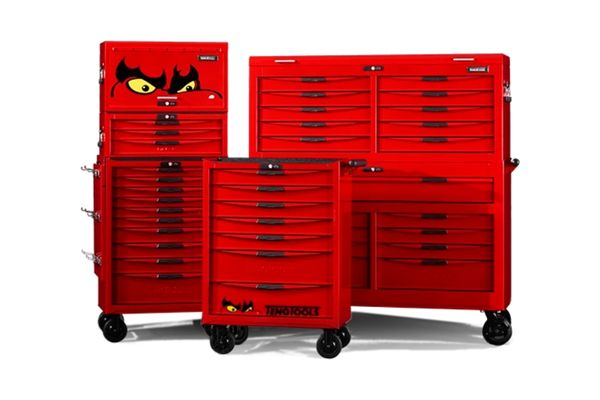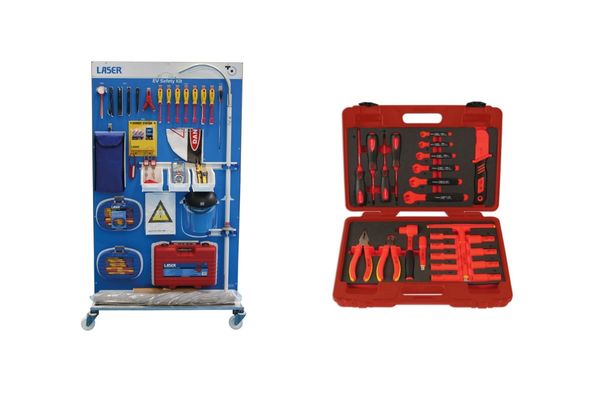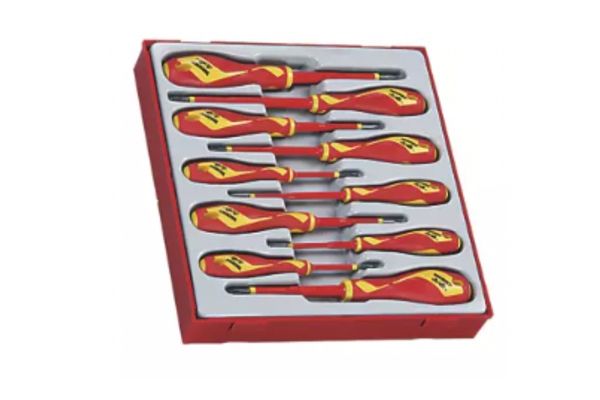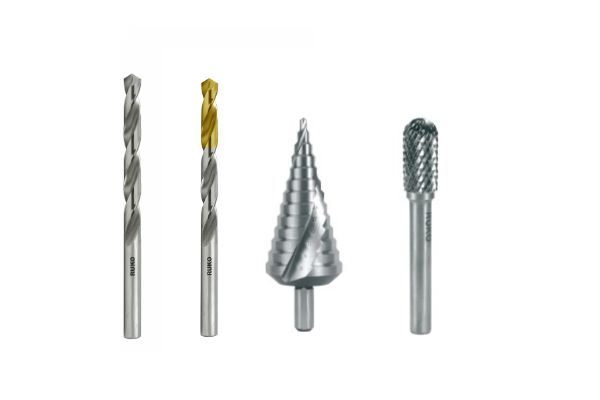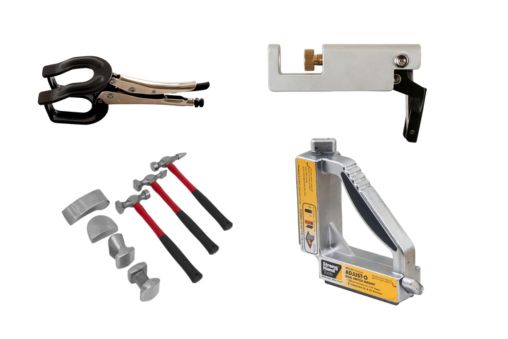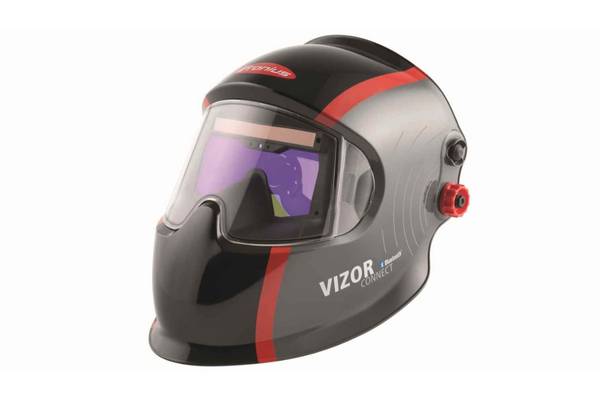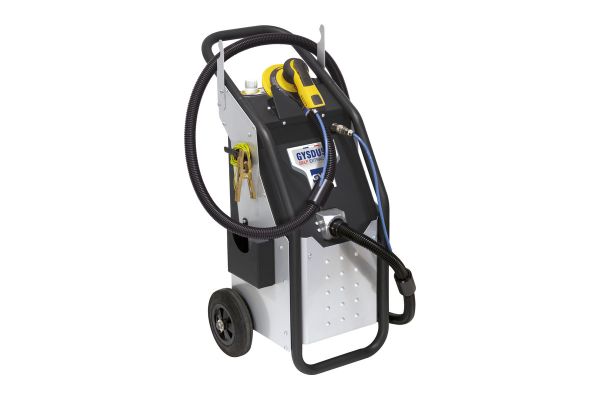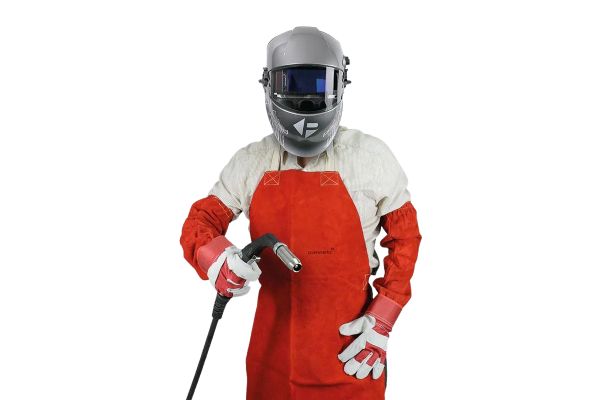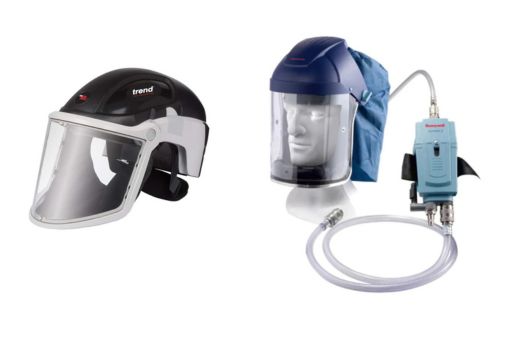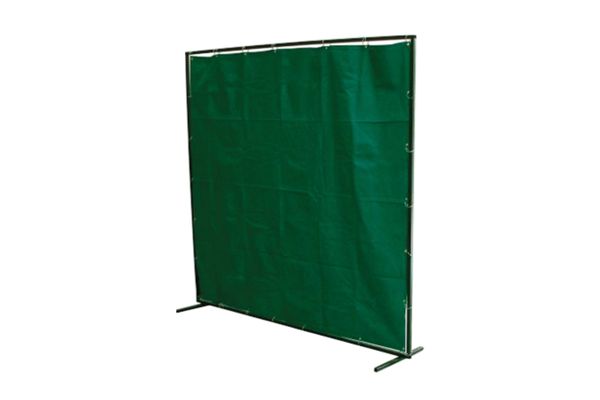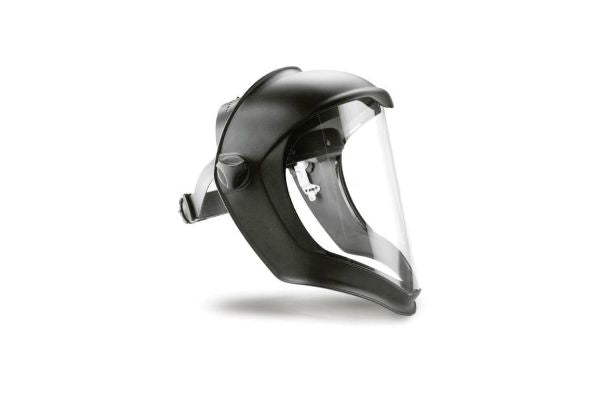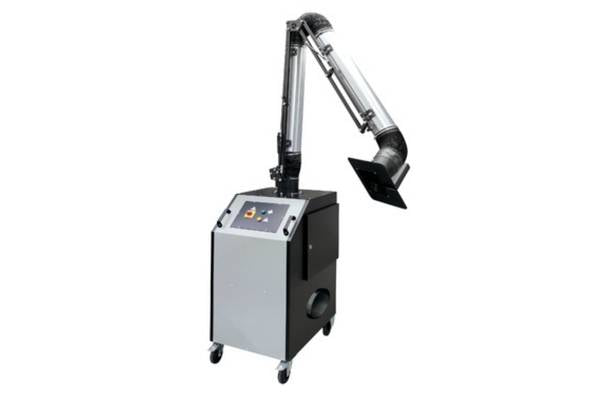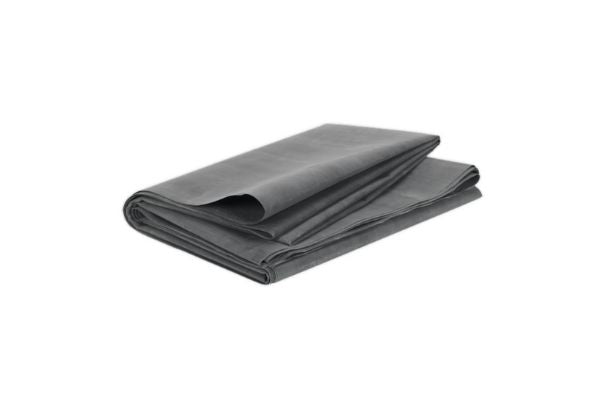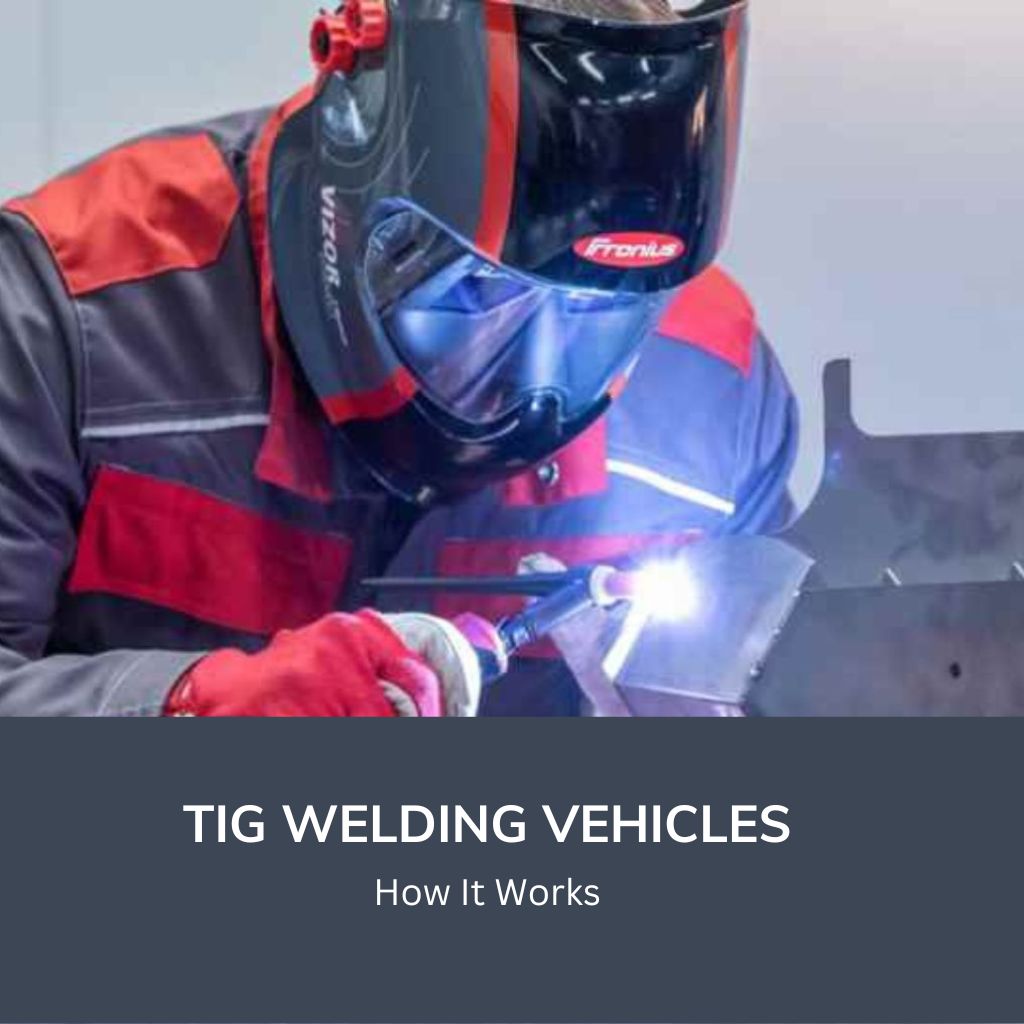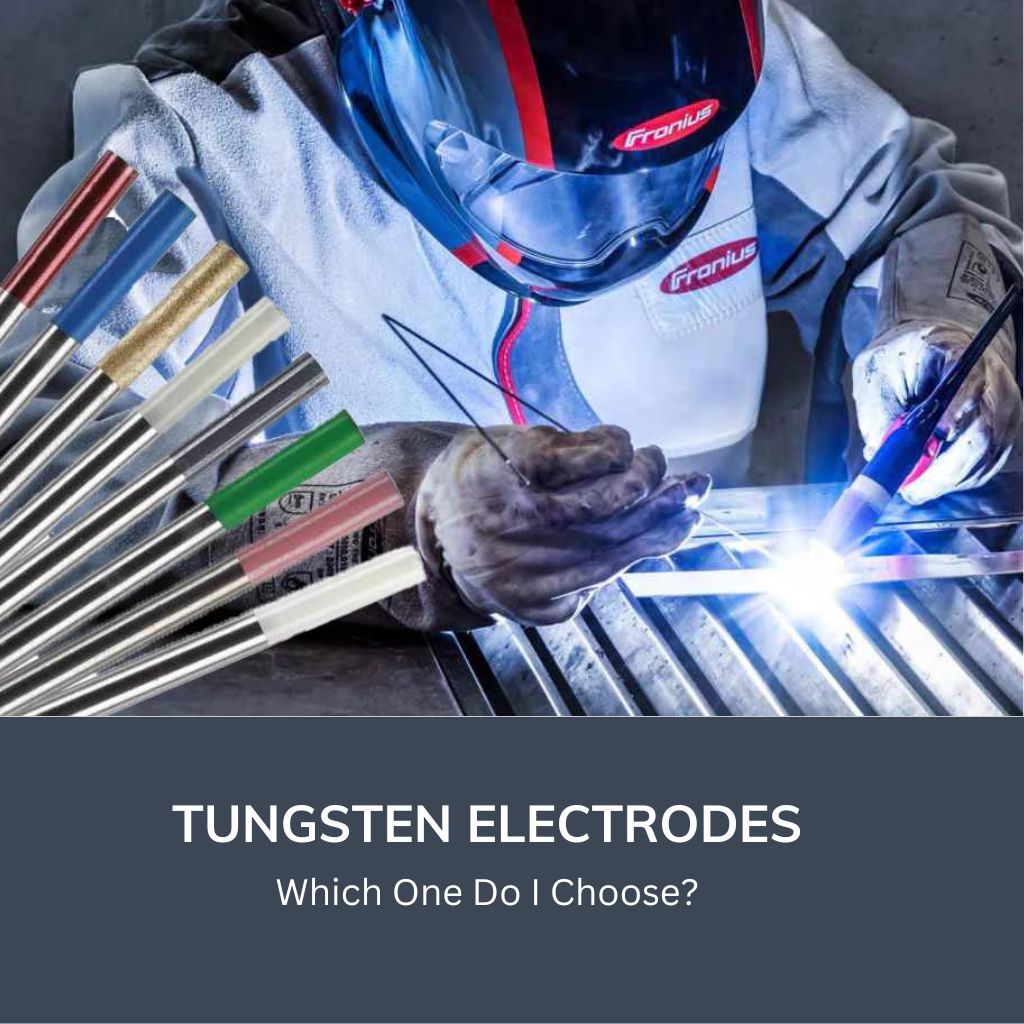Why Buy from BWS?






What is Slope Down?
A TIG welder slope-down function is the process where the welding machine gradually decreases the current from the main amperage to a lower, minimum amperage after the welding is completed. Instead of stopping the welding arc suddenly, the machine allows the current to fade down slowly over a set period of time. This controlled reduction helps manage the heat in the weld pool area.
Why Use Slope Down?
Using the slope-down function offers several advantages:
1. Prevents Cratering. When the welding arc stops abruptly, it can create a depression in the weld bead known as cratering. Slope down helps avoid this by allowing the weld pool to solidify more evenly, resulting in a smoother finish.
2. Improves Weld Quality. A gradual decrease in current helps maintain a stable weld pool as it cools, which contributes to a stronger and more aesthetically pleasing weld.
3. Better Control. For beginners, having control over how the weld cools can significantly improve the learning process, making it easier to produce consistent and high-quality welds.
The TIG Welder the slope-down function in TIG welding is essential for achieving better weld finishes and preventing defects, making it a valuable tool for both beginners and experienced welders.

The pulsed mode in TIG welding is a function that allows the welder to control the heat input more effectively, which is especially useful when working with materials like stainless steel.
What is Pulsed Mode?
Pulsed mode means that the welding current alternates between a high level (peak) and a low level (background) in a rapid cycle. Instead of maintaining a constant current, the welder sets two different amperage levels: one for the peak and one for the background. This cycling creates a "pulse" effect. During welder training, I often refer to this as a "hot/cold" function because that's exactly what it does! it helps keep the heat down on the material and especially when it comes to stainless steel helps keep the chromium in the weld pool
For example, you might set the peak current to 100 amps and the background current to 60 amps. The welder will switch between these two levels, allowing for precise control over the heat applied to the metal.
Why Use Pulsed Mode?
1. Reduced Heat Input: Pulsed mode helps manage the overall heat input into the metal. This is crucial when welding thin materials like stainless steel, as excessive heat can lead to warping or burn-through.
2. Improved Control: The pulsing action allows for better control over the weld pool. The lower background current helps keep the weld puddle more stable, making it easier to manage, especially in tricky positions or when welding out of position.
3. **Deeper Penetration with Less Distortion**: The high peak current can achieve good penetration, while the lower background current limits the overall heat, reducing the risk of distortion in the welded material.
4. **Cleaner Welds**: Pulsed mode can produce visually appealing welds with fewer defects, making it ideal for cosmetic work where appearance matters.
Where is Pulsed Mode Used?
Pulsed mode is particularly beneficial when welding **stainless steel** and other thin materials. It is also advantageous for:
Out-of-Position Welding. The pulsing helps keep the molten metal from dripping or sagging, which is important when working overhead or in vertical positions.
Welding Thin Metal. It minimizes the risk of burn-through, allowing for cleaner and more controlled welds.
In summary, pulsed mode in TIG welding is a valuable feature that enhances control and weld quality, especially when working with stainless steel and thin materials.

The "square wave AC" function in TIG welding is a feature that helps improve the welding process, particularly when working with materials like aluminium.
What is Square Wave AC?
In TIG welding, alternating current (AC) is often used for materials like aluminium. Traditionally, AC uses a sine wave, which has a smooth, continuous waveform. In contrast, a square wave AC has a more abrupt transition between the positive and negative cycles. This means the current switches quickly from one polarity to the other, which helps maintain a more stable arc and reduces the time when the current is near zero.
Why Use Square Wave AC?
1. Improved Arc Stability. The rapid switching of the square wave helps keep the arc stable, reducing the chances of the arc extinguishing or becoming unstable. This stability is crucial for consistent weld quality.
2. Better Cleaning Action. Square wave AC provides better cleaning action on the workpiece. When welding aluminium, the positive half of the AC cycle helps remove the oxide layer on the surface, which is essential for a clean weld.
3.More Enhanced Control:. Square wave machines often come with features like AC balance control, allowing welders to adjust the amount of weld pool cleaning versus penetration which is critical when welding aluminium. For instance a good AC balance setting is 60% cleaning to 40% heating. The AC Balance ensure the weld pool is cleaned of an surface aluminium oxide in the weld pool
Where is Square Wave AC Used?
Square wave AC is particularly useful in welding aluminium and magnesium. These materials require effective cleaning action and stable arc characteristics, which square wave AC provides. It's commonly used in applications where weld quality and appearance are critical, such as in automotive, aerospace, and fabrication industries. Square wave due the nature of the “wave” has a far greater/longer top area compared to a sinusoidal wave which is only momentarily at its peak current before it drops. This means more heat per second can be inputting into the material, which also means we can use smaller units to heat thicker materials.
In summary, the square wave AC function in TIG welding enhances arc stability and cleaning action, making it ideal for welding aluminium and other similar materials. It provides welders with greater control and flexibility, leading to higher-quality welds and far greater heat outputs on thicker materials.
BUYING A TIG WELDER
Buying a TIG WELDER can be a daunting task as there are so many to choose from and lots of considerations to take into account before you spend your hard earned cash. Thats why we are always here on hand to guide you by text, email or phone. Our technical support engineers have many many years experience of the service and repair of inverter TIG welders right down to component level. This is why many manufacturers use us as support enginers for there products.
TRAINING
We have CSWIP qualified welding enegineers able to instruct and test you on all aspects of TIG Welding. We have trained hundreds of people over the years so that even if your a begineer we can help you understand the TIG process and enable you to get the best out of your purchase.
Contact us if you need any help or advice, anytime. 0161 223 1843
Can You TIG Weld Cars Safely?
The short answer is it depends! Here we go through the technical reason why you can and cannot TIG weld cars.
TIG Tungstens - a guide
Tig welding Tungstens, theres just so many? Here we go through what each tungsten electrode is suitable for so you can make the best choice for your application.
Frequently asked questions about TIG welders
-
TIG welders can be used to weld steel, stainless steel, aluminium, nickel alloys, magnesium, copper, brass, bronze and gold. For example, TIG welding methods are often used to weld bike frames, door handles, fenders and more.
-
MIG stands for metal inert gas whereas TIG stands for tungsten inert gas, which is the simple way to distinguish between the two.
The physical difference between MIG and TIG is simple. MIG welding uses a solid wire that is machine fed to the area whilst TIG uses a non-consumable electrode and a hand held filler rod during the welding process.
Other differences are: Electrode type: TIG welding utilizes a non-consumable tungsten electrode, while MIG welding uses a consumable wire electrode.
Heat control: TIG welding provides precise control over heat input, enabling meticulous welds and minimizing heat-affected zones.
Shielding gas: TIG welding employs an inert gas, usually argon, to shield the weld pool from contamination.
Versatility: While MIG welding offers higher deposition rates, TIG welding shines in its ability to work with various materials and achieve unparalleled precision.
-
Our expert team of engineers recommends a Parweld TIG welder for any beginner looking to get into welding.
We have a large selection of Parweld TIG welders, but if you’re not sure where to start as a beginner, talk to the BWS team to get help finding the right TIG welder for you.
-
The short answer here is yes and no! TIG welding has gained a reputation for being difficult but its all in the weld preparation. Better preparation and panel fitment mean the resulting weld will be easier. TIG welding can be as slow or as fast as you like so therefore it s more controllable when compared to MIG welding. TIG welders are also more controllable than a MIG welders.
-
Yes! TIG welding's precise control over the heat input ensures exceptional fusion, resulting in stronger welds and because you create your weld pool before you insert your filler better fusion is achieved.
TIG Welders also provide accurate heat management and this reduces the risk of distortion, preserving the structural integrity of the welded parts.
The strength and reliability of TIG welds make them an excellent choice for industries where weld quality is paramount.
FAQ's
WHY Purchase your Tig Welding Machines from US!
Purchasing any large equipment can be daunting, but BWS aim to make your purchase of TIG welding machines, that little bit easier. Our team places all its focus on providing quality products to our customers, with a wealth of experience and knowledge. We have engineers who are experienced with TIG welding and are CSWIP qualified. This means that they can train you on how to use TIG welding machines. All of our products are approved and supported by our team of in-house engineers, so you know you'll be getting the best equipment for your job. If you're interested in purchasing a TIG welding machine from us or want to enquire about some training, contact the team today via our contact page.


